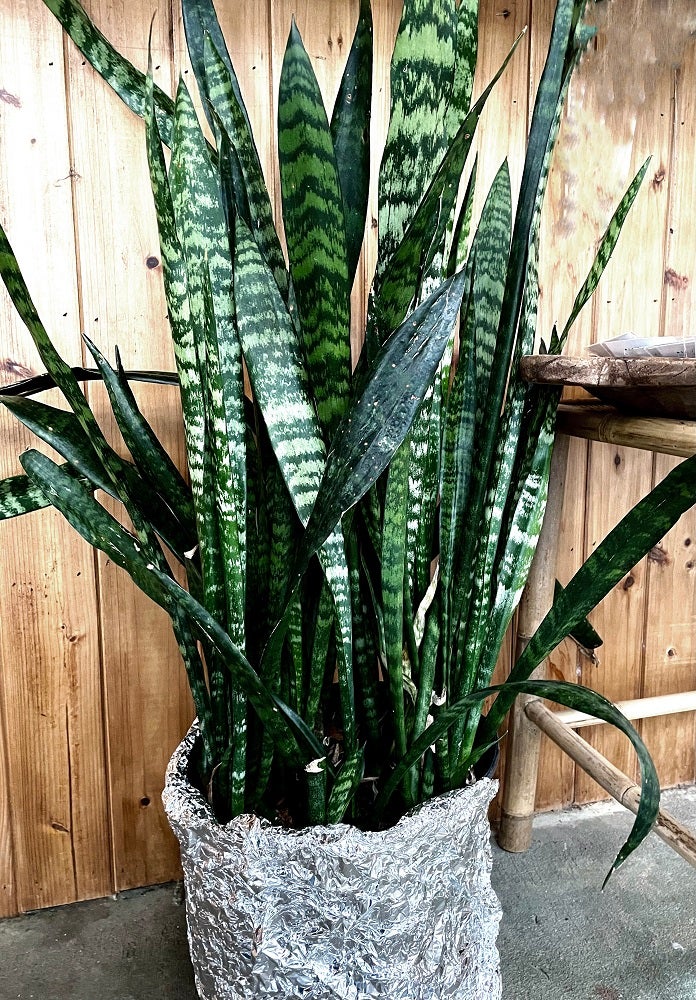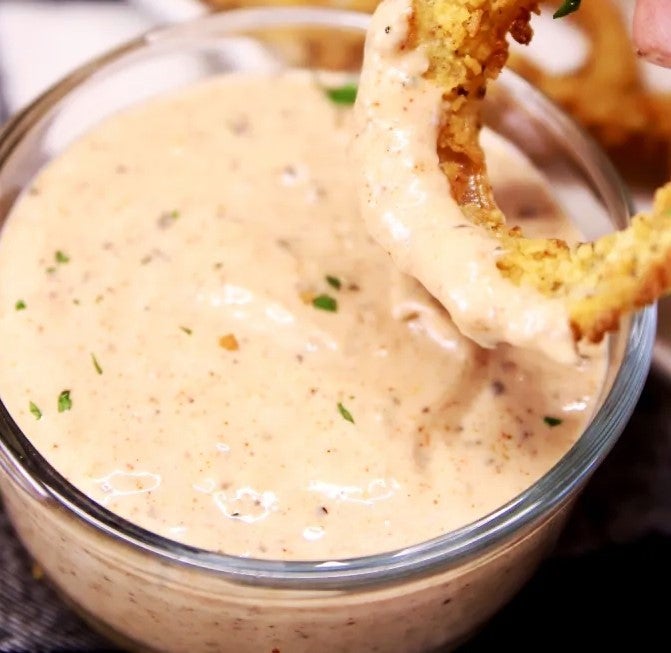Beekeeping is all the buzz now, but housing hives requires care
Published 7:00 am Saturday, September 10, 2016
Beekeeping is hot right now, with numbers of producers steadily increasing in Mississippi and across the U.S. Most of that growth is from people who want to do it as a hobby.
In 2015, about 1,000 Mississippi beekeepers managed between 20,000 and 25,000 hives. Approximately 30 of those beekeepers are commercial producers who earn a large portion of their annual incomes from beekeeping. The remaining beekeepers are small-scale producers or hobbyists.
With an average yield of 100 pounds of honey per colony, Mississippi leads the nation in honey production. In 2015, honey sold on the wholesale market for $2.15 per pound and had a total value of between $4 million and $5 million.
Mild winters and abundant plant life, including wildflowers and row crops, make Mississippi an ideal place to raise honeybees. Producers who rotate their bees throughout the state can produce honey during three seasons of the year.
Varroa mites and small hive beetles are the biggest challenges for Mississippi beekeepers every year. Varroa mites spread viral diseases that can cause high summer or winter losses of bees, depending on when mite populations swell in the hives. Lots of people think that a dead colony without any bees found inside is a mysterious death, but more often than not, it can be related to a failure to control Varroa mites.
Another insect pest problem for beekeepers is small hive beetles invading weak or dying colonies and laying their eggs on honeycombs. Their larva tunnel through the comb and eat the developing bee brood, honey and pollen. Adult bees are repelled by the slime left behind by the larvae and will abandon the hive.
Strong bee colonies can handle the beetles. Removing weak colonies and keeping honey houses clean from comb debris are the only real ways to combat this pest. If people are good at managing Varroa mites, they have more than managed half the battle against small hive beetles.
Homeowners can support Mississippi’s bee population by strictly following label directions on garden chemicals, such as insecticides, fungicides and herbicides. If a flowering plant is in bloom, and pollinators are visiting it, it is best not to apply an insecticide or to apply it as late in the day as possible. Most honeybee flight activity to get food occurs between 10 a.m. and 2 p.m. If you wait until late evening, most foraging honeybees are no longer visiting plants and the risk of exposure to the insecticide is greatly reduced. Most insecticides break down within eight hours or so, and the residues are all but gone by the time the sun rises the next morning.
Another option is to use a chemical-free product, such as an insecticidal soap or Neem oil.
By Dr. Eddie Smith




